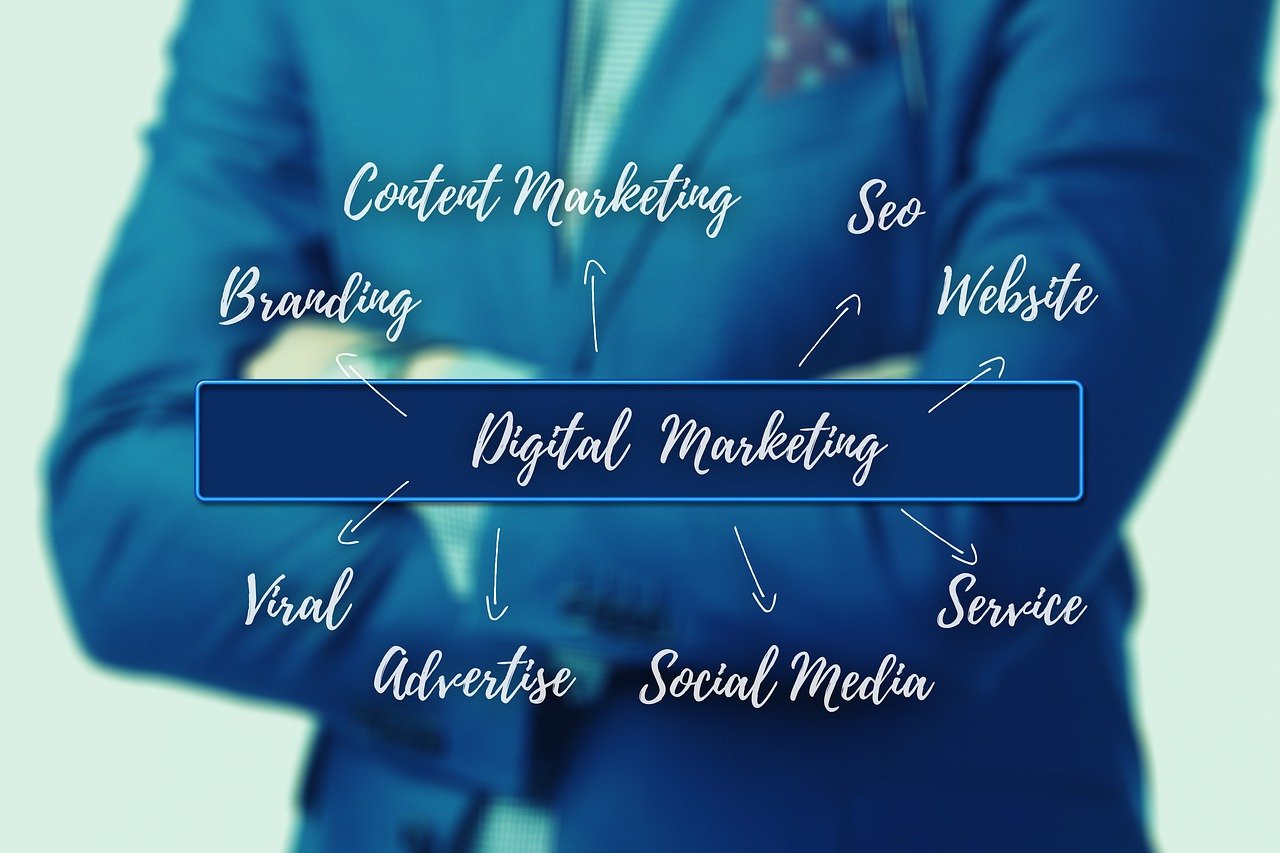Torn between efficiency and personalization? Automation offers scalability and reduces errors, while manual campaigns provide creative control and flexibility. Most successful strategies use both—letting automation handle repetitive tasks while keeping human oversight for key touchpoints. Content Marketing Agent helps find your perfect balance.
Read our related article here: https://amzoraltd.com/ai-content-generation-vs-human-copywriting-for-marketing/
Key Takeaways
- Marketing automation excels at efficiency and scalability, while manual campaign management offers deeper personalization and flexibility
- Automated marketing reduces human error and provides better analytics, but comes with higher setup costs and potential impersonal experiences
- Manual campaigns give marketers greater creative control and adaptability but are time-intensive and difficult to scale
- Most successful marketing strategies employ a hybrid approach, combining automation for repetitive tasks with manual oversight for key touchpoints
- Amzora Limited helps businesses find the perfect balance between automation and manual management to maximize marketing effectiveness
The digital marketing field presents two distinct paths for campaign execution: the efficiency-driven world of marketing automation and the high-touch approach of manual campaign management. Content Marketing Agent has found that understanding these differences is crucial for businesses seeking to optimize their marketing strategy and resource allocation.
What Actually Separates Marketing Automation from Manual Campaigns?
At its core, marketing automation uses software to handle repetitive tasks and workflows without constant human intervention. Manual campaign management, by contrast, involves marketers directly overseeing every aspect of campaign execution, from creation to analysis.
The distinction goes far beyond simply using tools versus not using them. It’s about fundamentally different approaches to reaching audiences, managing resources, and measuring success. While automation focuses on efficiency and scale, manual management prioritizes customization and direct control.
Marketing Automation: The Digital Powerhouse
Marketing automation has changed how businesses engage with prospects and customers at scale. This technology-driven approach removes much of the repetitive grunt work from marketing operations, handling everything from email sequences and social media scheduling to lead scoring and customer journey tracking.
1. Efficiency and Time Savings
The most immediate benefit of automation is the dramatic reduction in time spent on routine tasks. When a platform automatically sends follow-up emails, updates customer records, or publishes content across channels, marketing teams can redirect their focus to strategy development and creative initiatives.
2. Scalability Without Added Resources
Marketing automation truly shines when it comes to scalability. Whether you’re communicating with 100 or 100,000 prospects, an automated system can handle the volume without requiring proportional increases in staff or hours. This makes growth much more manageable and cost-effective.
3. Data-Driven Personalization
Modern automation platforms don’t just blast generic messages. They track user behavior, preferences, and interactions to deliver targeted content at the right moment. This data-driven approach creates personalized experiences that feel tailored to individual needs, despite being generated through automated processes.
Limitations of
Marketing Automation
Despite its advantages, marketing automation isn’t without drawbacks that businesses should carefully consider before fully committing to automated systems.
Impersonal Customer Experiences
When poorly implemented, automation can create generic, robotic-feeling interactions that push customers away instead of engaging them. Think of those awkwardly personalized emails that get your name right but everything else wrong, or chatbots that can’t understand basic questions outside their programming. Without careful oversight, automated messages may fail to capture the nuances of human communication, leading to content that feels mass-produced rather than thoughtfully crafted.
Setup Costs and Complexity
The initial investment in automation platforms goes beyond just financial considerations. There’s a significant time investment required to properly configure workflows, integration with existing systems, and training staff to effectively use these tools. For smaller businesses with limited resources, this learning curve and setup period can be prohibitive – sometimes taking months before seeing positive ROI.
Reduced Flexibility for Rapid Changes
Once automated workflows are established, making quick pivots in response to market changes can become challenging. Modifying complex automation sequences often requires technical expertise and careful testing to avoid unintended consequences across interconnected campaigns. In fast-moving industries, this rigidity can be a serious disadvantage.
Manual Campaign Management: The
Human Touch
Manual campaign management represents a more traditional, hands-on approach to marketing that continues to offer unique advantages in an increasingly automated world.
1. Deeper Personalization and Relationship Building
Nothing quite matches the personal touch of human-crafted communication. Manual management allows marketers to create highly customized messages that respond to subtle contextual cues and emotional nuances that automated systems might miss. A sales representative who remembers a prospect’s specific concerns from previous conversations can craft follow-ups that feel genuinely thoughtful in ways automation cannot replicate. This approach works best in high-value, relationship-based marketing scenarios where individual attention matters most.
2. Greater Adaptability to Market Changes
When market conditions shift unexpectedly – like during sudden industry disruptions or emerging competitive threats – manual campaigns can pivot immediately without reconfiguring complex automation rules. This agility allows teams to capitalize on emerging trends, respond to competitive moves, or adjust to external factors without technical delays.
3. Enhanced Creative Control
Manual management gives marketers complete creative freedom without the constraints of templates or automation workflows. This control allows for more experimental, innovative approaches that might not fit neatly into automated systems – particularly valuable for brands with distinct voices or those targeting unconventional markets.
4. Lower Initial Investment
For businesses with limited marketing budgets, manual management offers a more accessible entry point. Without the need for expensive software subscriptions or specialized technical expertise, companies can begin executing campaigns with minimal upfront investment, making it ideal for startups and small businesses testing new marketing approaches.
Drawbacks of Manual Campaign Management
Despite its benefits, manual campaign management comes with significant limitations that become increasingly problematic as marketing operations scale.
Resource Intensity and Time Constraints
The labor-intensive nature of manual campaigns quickly becomes a bottleneck as volume increases. Tasks like individually sending emails, manually updating contact lists, and personally monitoring campaign metrics consume enormous amounts of time that could be directed toward strategy and creative development. For teams with limited resources, this often means choosing between reach and quality.
Scaling Limitations
Perhaps the most significant drawback of manual management is its inherent scaling problem. As your audience grows, the personalized approach that makes manual campaigns effective becomes increasingly difficult to maintain. What works perfectly for 50 high-value clients becomes virtually impossible with 5,000 prospects, forcing uncomfortable compromises in either quality or reach.
Data Analysis Challenges
Without the robust analytics capabilities built into automation platforms, manually tracking campaign performance becomes cumbersome and often incomplete. Teams may struggle to gather comprehensive insights across channels, miss important behavioral patterns, or fail to identify opportunities for optimization that automated systems would easily detect. This data limitation can lead to decisions based more on intuition than evidence.
7 Practical Alternatives to Full Automation
Between fully manual campaign management and comprehensive marketing automation lies a spectrum of hybrid approaches that offer practical alternatives for businesses of all sizes.
1. Project Management Platforms
Tools like Asana, Trello, and Monday.com provide structured frameworks for campaign coordination without the complexity of full marketing automation. These platforms enable teams to map out campaign timelines, assign responsibilities, and track progress while maintaining manual control over execution and creative elements. A marketing team might use Trello boards to organize a product launch, with cards representing each deliverable and automated notifications keeping everyone on schedule.
2. CRM with Email Marketing Integration
Combining a customer relationship management system with email marketing tools creates a powerful hybrid approach. This integration allows for data-driven segmentation and personalization while keeping the execution process more accessible than comprehensive automation platforms. For example, a B2B company might use HubSpot CRM to track client interactions, then connect it with Mailchimp to send targeted email campaigns based on client industry and engagement history.
3. Personalized Outreach Strategies
Some businesses find success by maintaining highly personalized manual outreach for high-value prospects while using simpler automation for broader audience segments. This targeted approach preserves the human touch where it matters most while still achieving efficiency. A software company might use automation for general newsletter subscribers but have account executives personally reach out to enterprise-level prospects with customized proposals.
4. Influencer Marketing Partnerships
Collaborating with influencers offers an alternative way to extend reach without complex automation systems. These partnerships use the influencer’s existing audience and authentic voice while requiring less technical infrastructure from the brand. A sustainable fashion brand might partner with eco-conscious influencers who genuinely connect with their audience rather than relying solely on programmatic advertising.
5. Dedicated In-House Teams
Building specialized in-house teams focused solely on campaign execution creates efficiency through expertise rather than technology. These dedicated professionals develop streamlined workflows and institutional knowledge that can rival automation in effectiveness for specific campaign types. A media company might maintain a dedicated social media team that crafts timely, relevant content aligned with breaking news and trending topics.
6. Marketing Agency Outsourcing
For companies lacking internal resources, outsourcing campaign management to specialized agencies offers access to both expertise and their established technology infrastructure without the need to build these capabilities in-house. A local business might partner with a digital marketing agency to handle their PPC and social media campaigns, benefiting from the agency’s accumulated knowledge and existing tool stack.
7. Manual Social Media Management
Many brands maintain manual oversight of social media to preserve authenticity and enable real-time engagement, even while automating other marketing channels. This selective approach to automation allows for genuine community building where direct interaction matters most. Customer service-oriented businesses often keep social media responses manual to ensure timely, empathetic responses to customer inquiries and concerns.
Finding Your Perfect Balance: When to Automate vs. When to Stay Manual
The most successful marketing strategies typically don’t choose exclusively between automation and manual management but instead thoughtfully blend both approaches based on specific needs and contexts.
Automation generally delivers the most value for:
- High-volume, repetitive tasks like email sequences and social posting
- Data collection and analytics across multiple channels
- Lead scoring and basic nurturing workflows
- Triggered responses based on specific user actions
Manual approaches often work best for:
- High-stakes communications with valuable prospects
- Crisis management and reputation issues
- Creative development and brand positioning
- Complex sales processes requiring nuanced understanding
The ideal balance varies significantly based on factors including business size, industry, target audience, and available resources. Starting with careful assessment of your specific marketing needs rather than defaulting to either extreme typically yields the most effective strategy.
Content Marketing Agent specializes in helping businesses find their optimal mix of automation and human-powered marketing to drive meaningful results while maximizing resource efficiency.



Pingback: Automated vs Manual AI Social Media Marketing for Scheduling - Pros and Cons